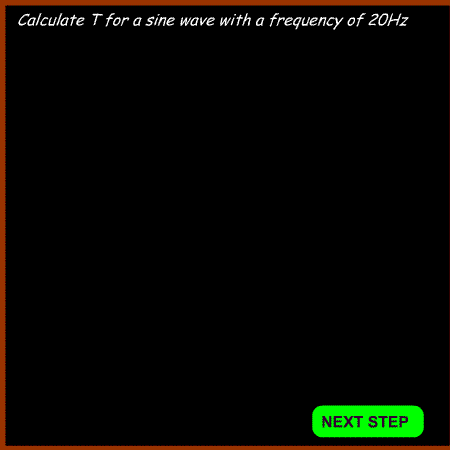Understand that the root mean square (RMS) value of a sinusoidal current has the same heating effect as a direct current of the same value and is 0·707 of its peak value.
So
far we have been dealing with Direct Current or DC in circuits. In this
lesson we will be looking at Alternating Current or AC.
The type of alternating current
we are most familiar with is the mains electricity supply, where the
voltage changes from positive to negative in the shape of a sine wave.
In the UK this change of direction occurs 50 times a second which is a frequency of 50Hz.
Radio waves are also AC, but
the frequency is usually much higher. For example a 7MHz signal will
change 7 million times a second and a 440MHz signal will change 440
million times a second.
In a DC circuit it is easy
to measure the energy produced because the current (or voltage) remains at
the same level. For example an electric heater would give out a fixed
amount of energy if a direct current was applied.
In an AC circuit it is harder
to measure the current (or voltage) passing through the heater because the height of an alternating current (and voltage) is
constantly changing. The peak of an alternating current (voltage)is
called the Amplitude or Peak Value. However it is often more useful to use what is called the root-mean-squared or rms value. This is calculated from this equation:

NB square root of 2 = 1.414)
Recall that the period of a sine wave is equal to 1/f and that the frequency of a sine wave is equal to 1/T (where f = frequency in Hertz and T = time interval in seconds).
The formula that relates time and frequency of a sign wave is:

where T=time in seconds for the completion of one cycle of a sine wave
1 is the number 1
f = the frequency i.e. the number of cycles of the sign wave per second in Hz
Understand the concept of phase difference, and that it can be expressed in degrees and that one full cycle is equal to 360 degrees.
It is possible to
have two alternating voltages on the same wire both with the same
amplitude and both with the same frequency, but with a difference in
phase.
The diagram shows this. Voltage 1 (shown in red) starts at 0 and increases in voltage
until it reaches its maximum positive amplitude at amp1. Voltage 2
(shown in green) starts at the maximum negative amplitude and rises to its maximum
positive voltage at amp 2. The difference between amp1 and amp2 is called the phase difference. In this case it is 90o.
Phase difference is measured in degrees (just like on a compass). the range goes from:
0o where both signals are exactly the same phase to
360o where again the two signals coincide, but one is a full cycle ahead of the other.
At 180o the two waves would be a mirror image. |
Example 1

Example 2

Example 3

|

